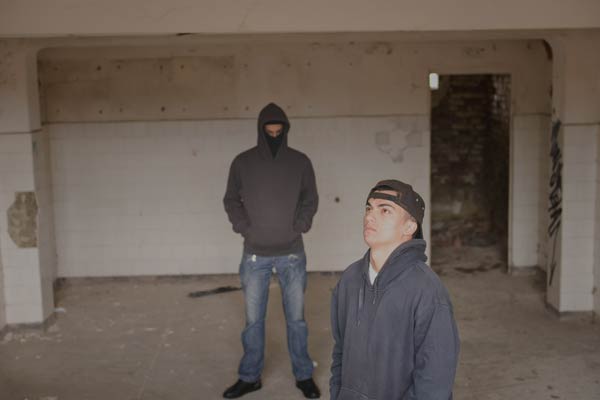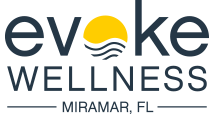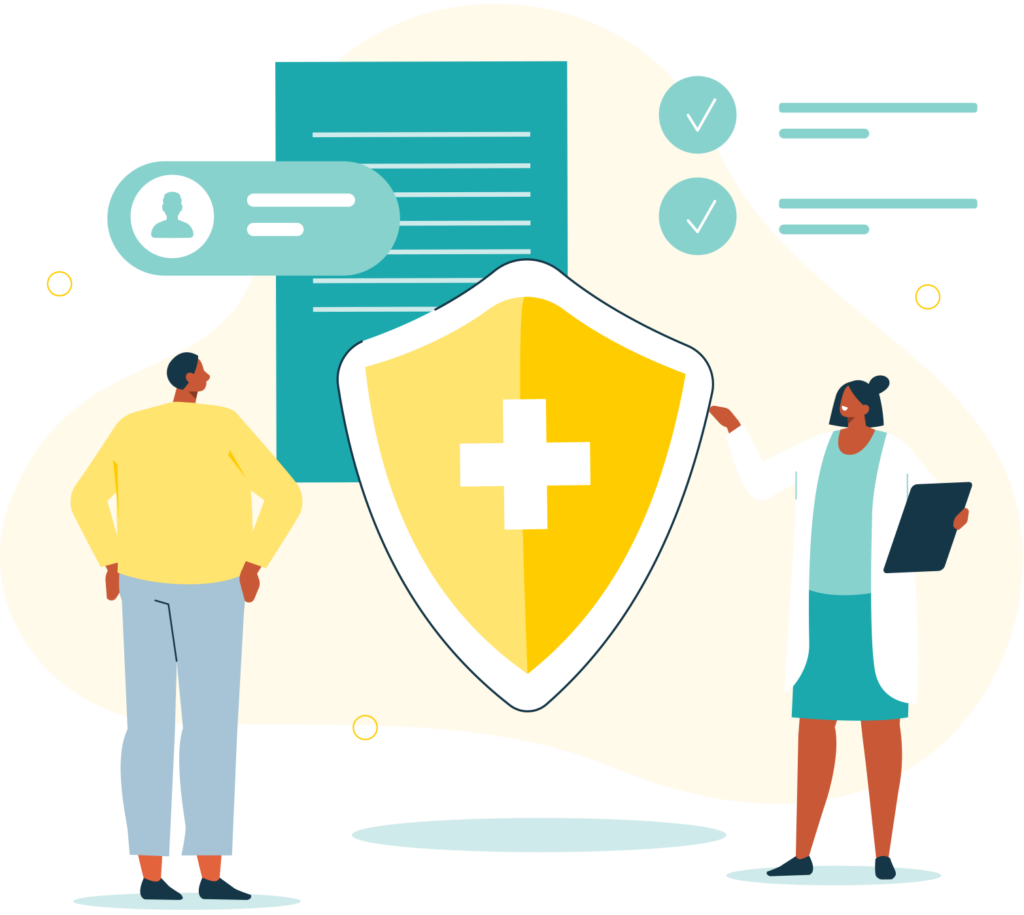According to an article published in the Archives of Pediatrics & Adolescent Medicine titled “Content analysis of tobacco, alcohol, and other drugs and popular music,” adolescents between the ages of 15 and 18 years old are exposed to roughly 2.4 hours of music daily. There is also extensive research pointing to the fact that some media messages have the propensity to increase substance use among adolescents. Of the genres of music that adolescents are exposed to, rap music tends to include the most drug and alcohol-related references. Rap music often glamorizes drug use – and researchers have noticed a six-fold increase in rap songs that reference drugs over two decades. A recent study conducted by researchers at the University of California, Berkeley, analyzed 341 lyrics taken from the most popular rap songs between the years 1979 and 1997. During this period, drug references increased significantly. There was a noticeable shift from cautionary songs (songs that warned listeners about the dangers involved in substance use) to songs that glorified the use of chemical substances as part of the traditional rap and hip-hop lifestyle. While some argue that this is “just music” and has no noticeable impact on listeners, it has become increasingly clear that American adolescents are taking many of these messages to heart. 
Rappers and Drug Abuse
Why do rappers promote drug use? In short, because substance abuse is a major part of rap culture – and it has been for quite some time. The presence of substance use references in rap music is certainly nothing new. Back in the 80s and 90s, marijuana use was the most openly discussed in popular rap music. Crack cocaine also made a frequent lyrical appearance in many of the most popular rap songs throughout this period.
The Culture of Rap and Drug Addiction
At the beginning of the 2000s, more chemical substances were introduced, including lean (a recreational drug beverage made by combining soda and prescription-grade cough syrup) and addictive prescription medications like Xanax. It is now estimated that somewhere around 85 percent of the most highly rated rap songs contain lyrics about illicit drug use. This alarming statistic does not come without a serious price. According to an article titled “Drugs and Violence in Music and the Effect on the Culture,” since rappers first began glorifying Xanax abuse, there has been a significant increase in the use of this particular chemical substance among adolescents and teenagers. It was reported that in the year 2017, 8 percent of teens throughout the country admitted to taking prescription sedatives simply because of the influence of popular culture and the music they listened to.
Evoke Wellness at Miramar – Age-Specific Drug Rehab
At Evoke Wellness at Miramar, we offer age-specific drug rehab for adolescents and young adults who have been suffering at the hands of a substance abuse disorder of any type or severity. Age-specific treatment is important, seeing as younger and older individuals are initially prompted to use chemical substances for different reasons. For example, adolescents are more inclined to abuse chemical substances because of media influence or because of peer pressure. Our drug rehab program focuses on contributing factors, addressing the reasons behind substance use while teaching adolescents and young adults the tools they need to avoid relapse long-term. It is often more difficult for those under the age of 18 to maintain sobriety, seeing as they are faced with so many outside influences daily. We teach adolescents and young adults to navigate a world riddled with dangerous media messages while focusing on their recovery and ultimately becoming productive and successful members of society. For more information on our age-specific rehab program, or to learn more about the influence of rap music in the development of substance abuse and dependency, please feel free to reach out to Evoke Wellness at Miramar today. We look forward to speaking with you soon.


